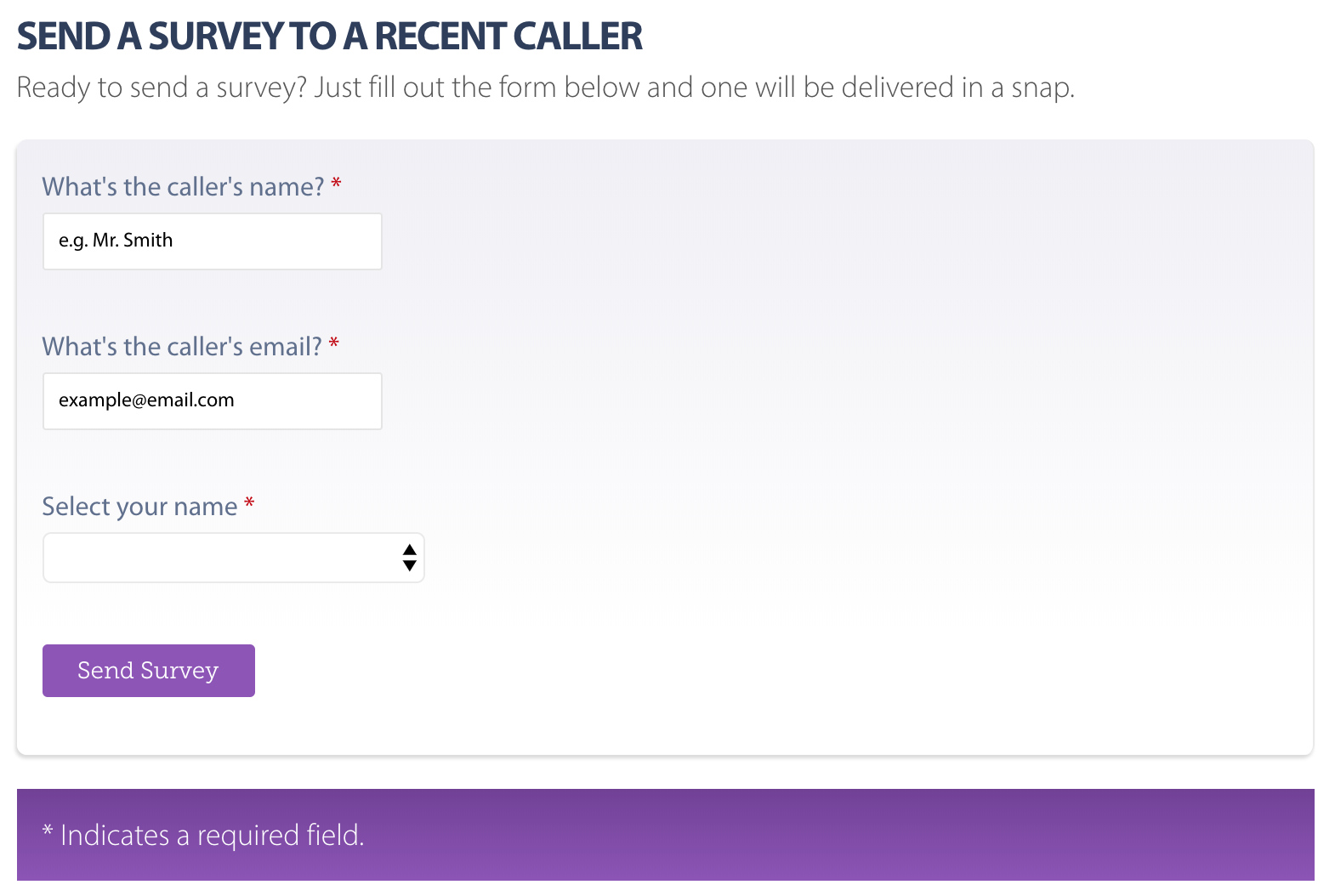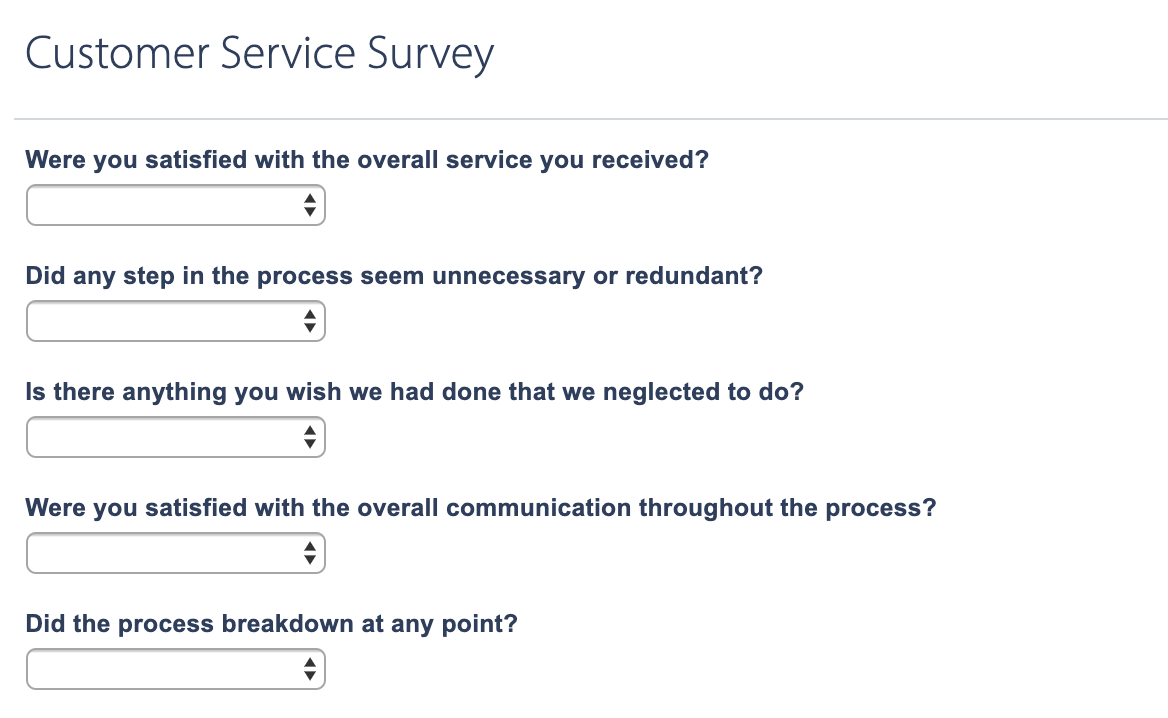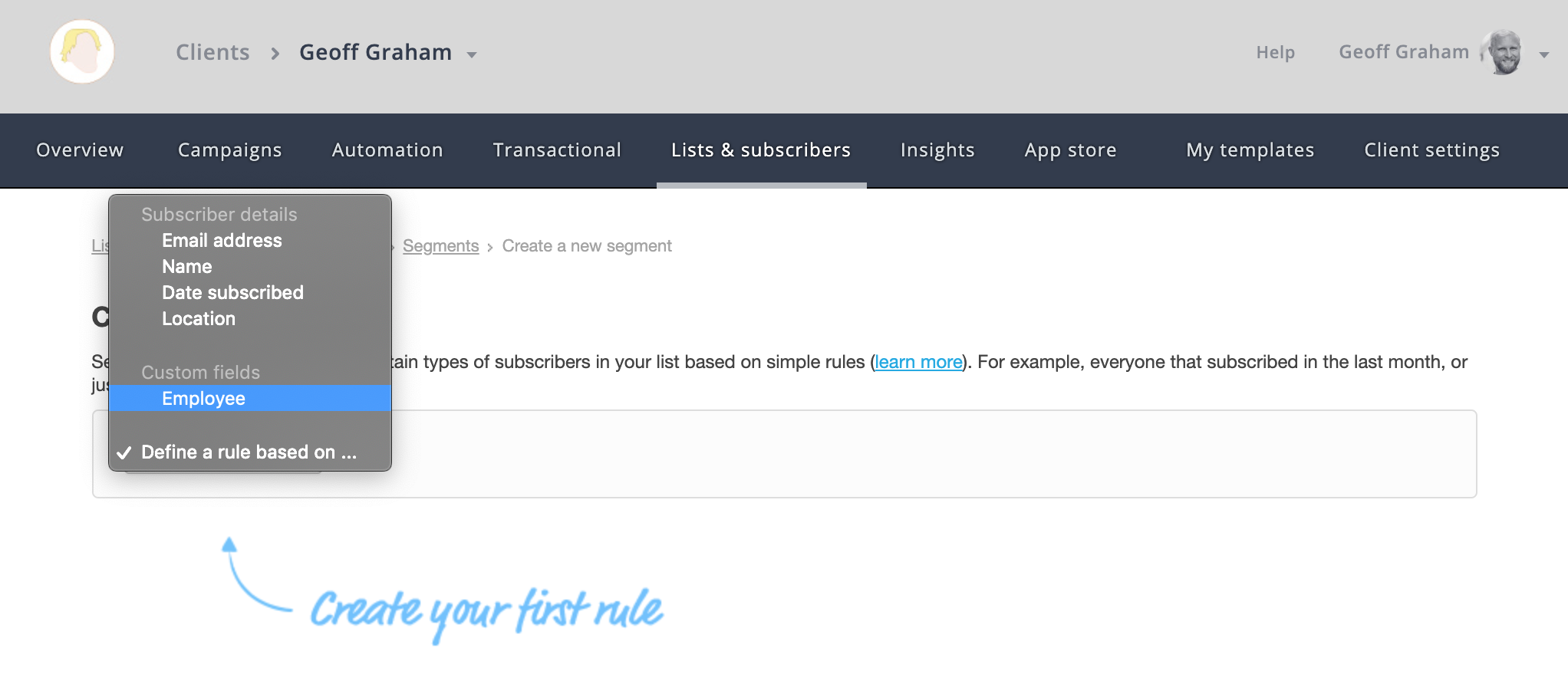With over 500,000 downloads, Forminator has quickly evolved into a powerful plugin, beloved for its user-friendly design, extensive features, and robust integrations.

How do you grow a plugin from zero to hero and make it shine in a market saturated with plugins? Read on to find out…
Since its inception, Forminator has been consistently evolving, introducing new features and integrations that have significantly enhanced its functionality and user base.
In this article, we take a look at how Forminator became the go-to custom form solution more web developers are choosing to add interactive contact forms, payment forms, polls, quizzes, and more to WordPress sites.

We’ll cover the following sections:
Forminator’s Journey
Forminator began its journey on 17th May 2017, marking the commencement of a project that would significantly impact WordPress form building.
The first Forminator version was released on 20 February 2018 and launched to the world on September 12, 2018.
Here’s a look at the plugin’s journey and key moments:
Releases
- June 2018: Integration with Mailchimp and Zapier, followed by Trello, Google Sheets, and Active Campaign.
- July 2018: Integration with Aweber and Campaign Monitor.
- August 2018: Introduction of the Import/Export feature.
- September 2018: Slack Integration.
- November 2018: E2PDF collaboration for integration (and the start of many other 3rd-party integrations).
- December 2018: Launch of a new form wizard UI/UX.
2019 Enhancements
- May: Stripe Payment Gateway and Calculations feature.
- July: PayPal Payment Gateway and form templates.
- August: Added reCaptcha V3 and HubSpot integration.
Continued Growth in 2020
Expanding the Ecosystem
- August 2021: Stripe Subscriptions add-on.
- June 2022: Partial Submissions feature for saving and continuing later.
- September 2022: Forminator Dashboard Reports.
- October 2022: Field Grouping and repeater feature.
- November 2022: Scheduled report notifications.
Recent Developments
- August 2023: PDF Generator add-on.
- September 2023: Geolocation add-on.
- November 2023: MailJet Integration.
- January 2024: Introduction of the Range Slider Field.
Milestones
- October 2018: Surpassed 4,000 active installations.
- January 2019: Reached 10k active installations.
- June 2019: Achieved 20k active installations.
- July 2020: Crossed 60k active installations.
- August 2021: Exceeded 200k active installations.
- February 2023: Surpassed 400k installations.
- January 2024: Reached a landmark of 500k installations.
The above timeline not only highlights the continuous improvements and enhancements made to Forminator but also showcases the growing trust and reliance of the WordPress community on this versatile plugin.
What Users Like Most About Forminator
“Forminator Pro has been life-changing.”
Jamie J. WPMU DEV Member
So, what makes Forminator so popular?
According to our users, here’s what many like best about Forminator:
1. Comprehensive Free Features
Forminator offers a vast array of functionalities without the need for a Pro upgrade. Users can create custom forms, polls, quizzes, and payment forms at no cost that support integrations with PayPal and Stripe for financial transactions, making the plugin an all-encompassing solution for gathering information, engaging users, and facilitating payments.
2. User-Friendly Design
Forminator boasts a drag-and-drop visual builder that simplifies the process of form creation and customization. The plugin’s accessibility features and intuitive interface cater to both beginners and advanced users, ensuring that adding forms to a WordPress site is simple, easy, and very straightforward.
3. Responsive Support Team
WordPress users rave about our award-winning customer support, which is highly responsive and helpful, and extends not only to all of our products and services, including Forminator, but also anything WordPress-related.
Also, as a Stripe Verified Partner, Forminator benefits from a direct line to additional resources and support. This partnership highlights our plugin’s commitment to provide a reliable service and ensure that users can maximize the functionality of their Stripe integration.
4. Wide-Ranging Integration
Forminator offers seamless compatibility with a plethora of third-party services, including email marketing tools, CRM systems, and project management platforms.
Integration with over a dozen services like HubSpot, Mailchimp, Google Sheets, Slack, Trello, and newer additions like Mailjet (plus over 1000 apps when using Forminator’s Webhooks integration) ensures seamless workflows and enhanced productivity.
Additionally, Forminator’s full-featured API enables connections with a wide range of services and automation tools, enhancing its utility and flexibility.
5. Deep Customization
Beyond basic form creation, Forminator allows for deep customization through a variety of drag-and-drop blocks and field types. Users can tailor forms to their specific needs, whether for GDPR compliance, social media quizzes, or customer feedback.
6. Advanced Functionalities
For users requiring more sophisticated capabilities, Forminator offers advanced features such as e-signature collection, subscription and recurring payments on Stripe, custom login/registration forms, multi-step forms, file uploads, and integrations with many applications and platforms.
These functionalities, available with Forminator Pro, extend the plugin’s utility to virtually any scenario.
Forminator’s Challenges
Forminator’s popularity continues to grow despite having faced challenges and hurdles since launching, such as:
Standing Out in a Crowded Market
The WordPress plugin ecosystem is highly competitive. With almost 60,000 free WordPress plugins listed in the WordPress.org plugin directory and thousands more premium and custom plugins available to extend and enhance the functionality of WordPress sites, it’s tough for any plugin to stand out.
Forminator has continually addressed this challenge by developing unique features and making these freely available where most would charge for them, consistently delivering exceptional, award-winning support to users, and always being willing to actively engage with its user community.
User Feedback and Feature Requests
They say that you can’t please everybody, but we try our darndest to do this.
Handling the diverse needs of our users has required the implementation of multiple feedback systems to prioritize plugin improvements.
We encourage user feedback and feature requests not only for Forminator, but for all areas of our platform, and we do this by actively engaging our user community through our support channels, member’s forums, holding Discussions of The Week (DOTW), running user surveys, and more.
User Interface Usability
Trying to achieve a balance of providing advanced features while remaining easy to use has led to extensive and continuous UX/UI testing and refinements of Forminator’s interface and feature usability by our development team.
For example, to view just how much work has gone into improving the Free version of Forminator alone, check out the plugin’s extensive and fully documented development log on WordPress.org.
As part of our focus and commitment to continually improve Forminator’s user experience and user interface for WordPress users of all skill levels, we provide in-depth and updated plugin documentation, practical tutorials and guides, and an AI-powered knowledgebase.
The Secret To Forminator’s Success
While we’re really pleased with Forminator’s growth to date, achieving success amidst a saturated WordPress plugin market has been no small feat.
Developing Forminator from an idea into one of the “Top 5” form plugins for WordPress is an ongoing effort requiring not only the daily cooperation between all members of our team and feedback from our valued users, but also a comprehensive approach that involves:
- Performing diligent market analysis to understand the current landscape and identify gaps, trends, and opportunities,
- Conducting in-depth research of our existing user base to understand their needs, preferences, and pain points,
- Implementing robust and meticulous tracking of user behavior to understand user interactions with the plugin and which features are being most utilized or neglected.
- Gathering insights from our analysis, support, and product development teams to prioritize and develop new features and innovative functionalities that will exceed our users’ expectations and deliver greater value than our competitors,
- Continuously iterating and enhancing the plugin, leveraging user feedback and data-driven decisions.
And finally, and very importantly …
Bundling all of the above into one very robust, professional, and well-supported plugin and then giving it to the WordPress community for FREE!

Forminator: Looking To The Future
As Forminator’s popularity and usage increases, our plugin development team remains hard at work and committed to achieve the following aims:
Introduce New Free Features
Innovation and user feedback drive the addition of new functionalities. To keep track of new developments and view Forminator’s upcoming features, visit our Roadmap.
Pursue Community-Driven Development
As our entire platform is geared toward helping WordPress web developers and digital agencies grow their business, we value our users’ insights and their experiences, and this significantly influences our development roadmap.
Enhance Integrations
As new technologies and applications emerge, we will continue to expand Forminator’s integrations with key services and platforms to offer more versatility to our users.
Focus on Performance and Reliability
Our plugin development team regularly reviews and optimizes all aspects of Forminator to ensure that as new features and functionalities get added, the plugin will continue to remain fast, reliable, and efficient, whether users choose to download and use the free or Pro version.
Have You Discovered the Power of Forminator Yet?
Forminator’s journey from its initial release to surpassing 500,000 downloads is a testament to WPMU DEV’s commitment to innovation, user satisfaction, and adaptability.
With a focus on user-friendly design and versatility, comprehensive features, and robust integrations, Forminator’s broad feature set and ease of use make it a standout choice for all WordPress users looking to enhance their site’s interactivity, collect payments, and more, all while maintaining a user-friendly and accessible interface.
The future looks promising for Forminator, with plans for new features catering to a wide range of needs, enhanced integrations, and a dedication to performance and reliability.
If you are a current Forminator user, we thank you for helping us reach the 500k download milestone. We truly value your feedback and input into helping us to continually improve the plugin’s features and ease of use.
If you haven’t experienced the power and simplicity of Forminator yet, we invite you to make it a staple in your web development or digital agency’s toolkit. Download Forminator for free or become a WPMU DEV member today and experience Forminator Pro risk-free for 30 days.
We look forward to celebrating 1 million downloads of Forminator with you in the very near future.







































